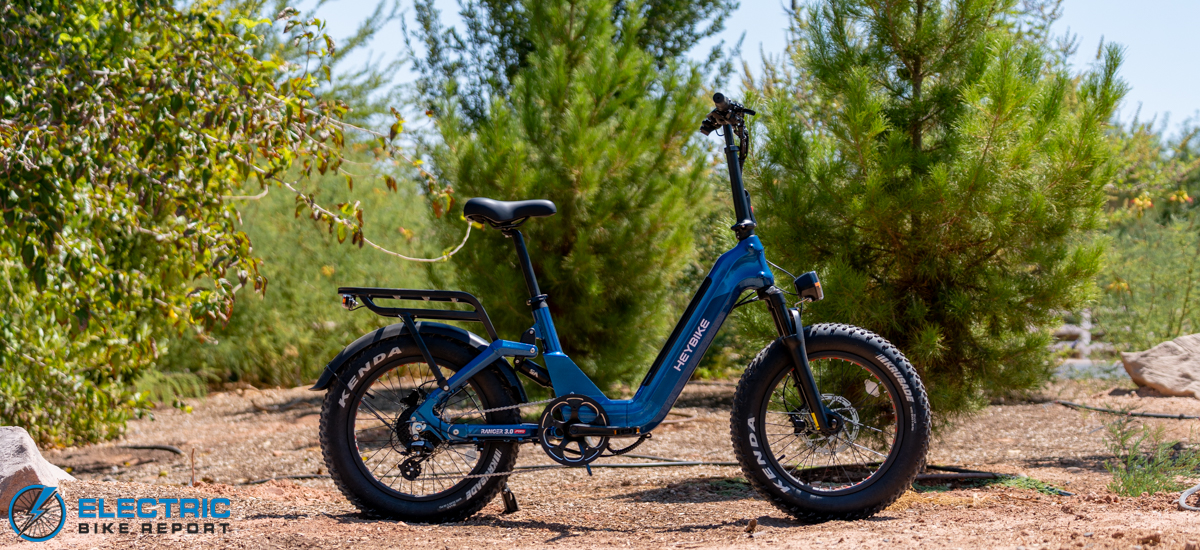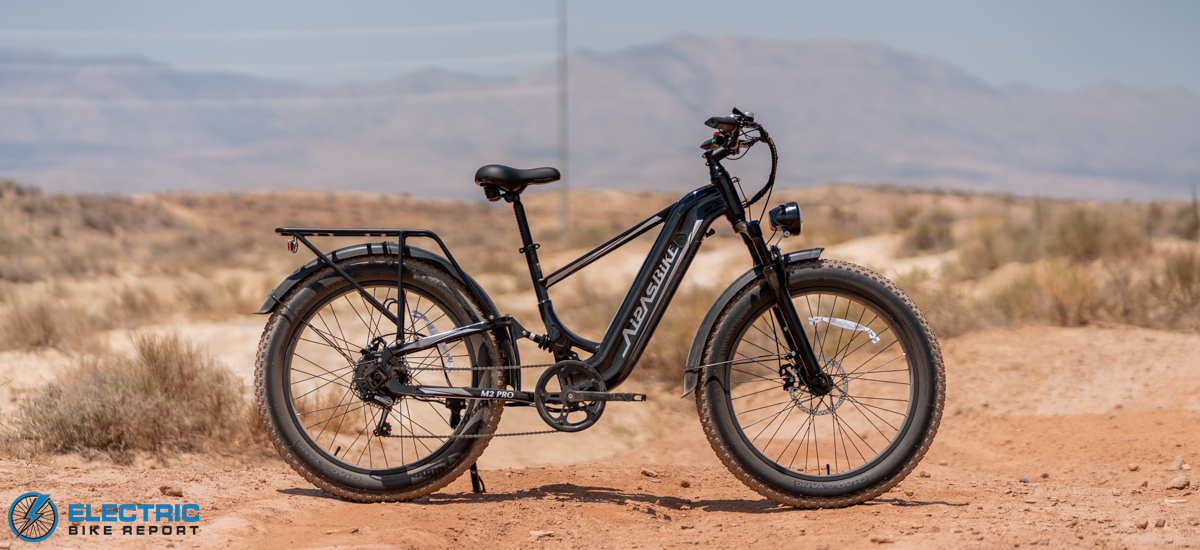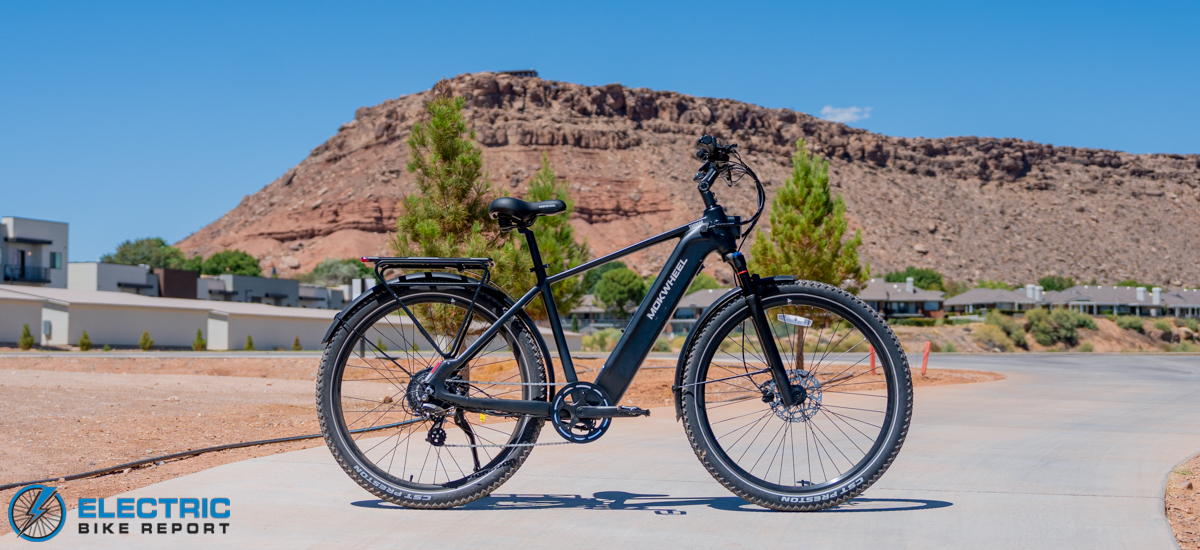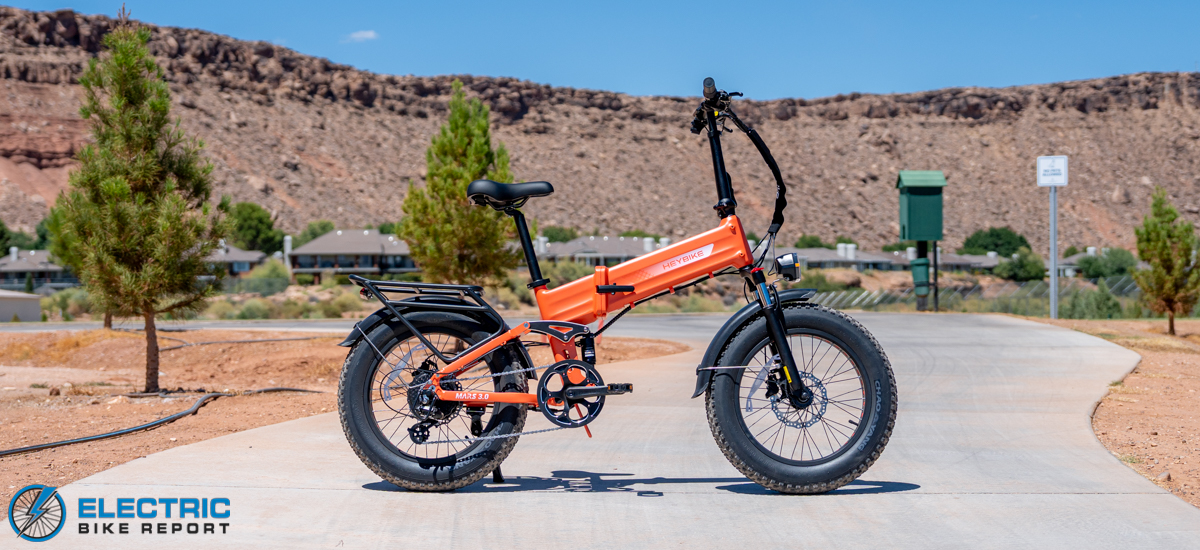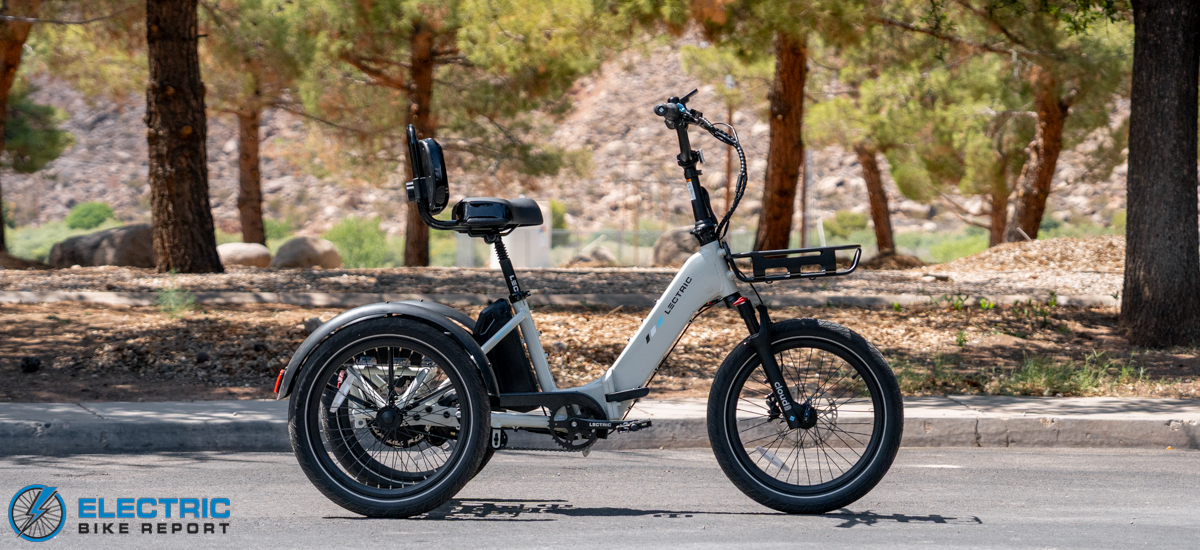A premium-tier commuter that feels like a luxury sedan. It boasts a highly comfortable ride, responsive pedal assist, a fully-loaded spec sheet, and an eye-catching design.
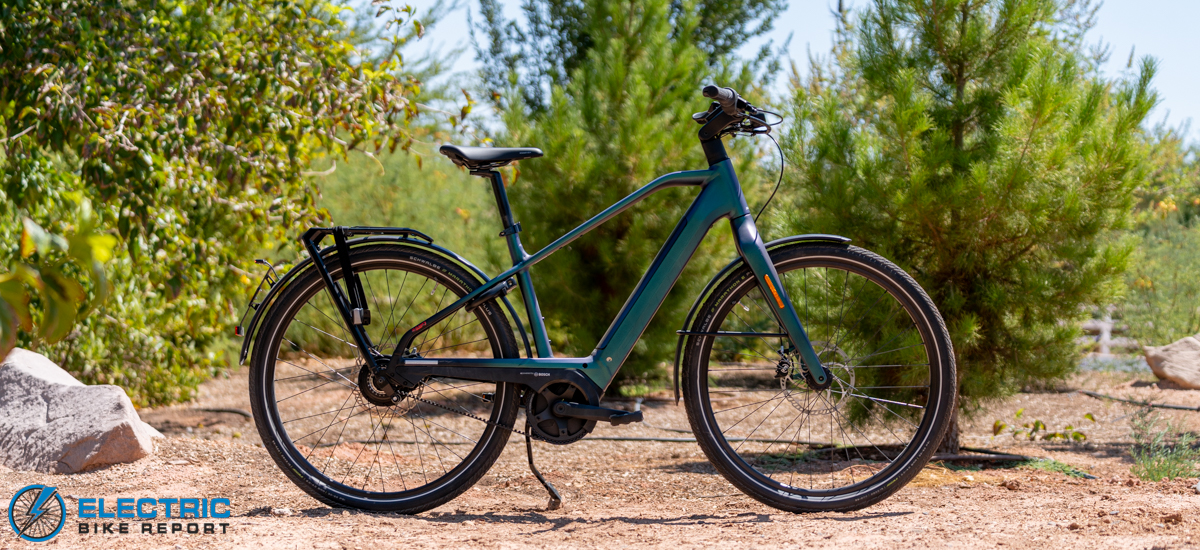
If commuter e-bikes can be likened to trusty sedans, then the Scott Silence eRIDE EVO Speed is a luxury model like an Infiniti or Audi.
In addition to its sleek and precisely crafted appearance, the bike is decked to the nines with features and integrated technology intended to make the daily ride to and from the office as smooth and enjoyable as possible.
The drive system is a 250W Bosch Performance Line Speed mid-drive, delivering smooth and natural-feeling pedal assist up to 28 mph. That’s fast enough to keep up with traffic on crowded city streets, but it doesn’t feel overpowered; the motor amplifies the work you put in so that you still feel like you’re riding a “regular” bike instead of cruising on a motorcycle.
The Silence also pairs with the Bosch eBike Connect app, which makes it easy to track ride data, meet your fitness goals, and get to your destination in the manner you most prefer. When using the app for navigation, users are given three options for the fastest route, the shortest route, and the scenic route—the selected option syncs with the bike’s display.
Scott didn’t skimp when they loaded the bike with commuter essentials. The Silence eRIDE EVO sports premium lights (with high/low beams and brake lights), a low-maintenance belt drive with a guard, a cafe wheel lock, and even a stylized kickstand that essentially disappears into the chainstay when folded. As you might expect, it also features fenders and a cargo rack with a 44-lb carrying capacity.
We were highly impressed with the Silence on paper, and we liked the bike even more after our first test ride. As always, however, we didn’t limit ourselves to first impressions. We tested the bike’s speed, range, braking performance, and climbing power in a series of standardized tests.
Our full review, which includes the bike’s test results and comparisons with similar commuter e-bikes we’ve tested, is below.
[Read more…] about Scott Silence eRIDE EVO Speed Review | Form & Function Fused


